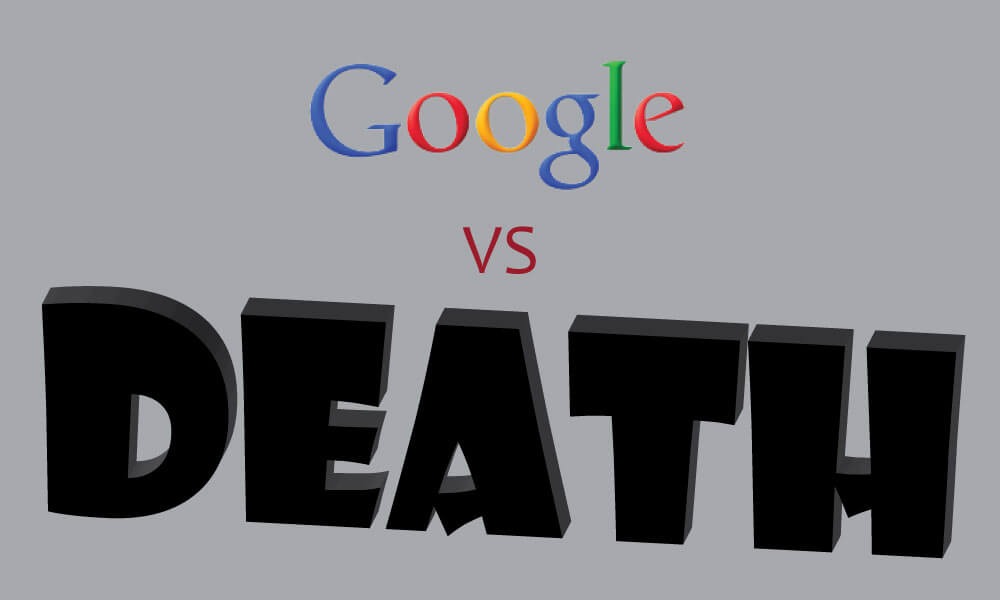Is the Next Cloud Storage Evolution Here?
Cloud computing is a ubiquitous concept these days, with many major tech companies offering some form of cloud storage to consumers. Unlike other methods, cloud storage allows users to store a host of data remotely. This option is far more convenient, as it allows easy retrieval from any device that can access the internet. As a result, cloud storage is used for everything from saving important work documents to keeping photos and other cherished items.
However, cloud storage can have many more applications than are currently in use. Virtual storage can help an array of businesses optimize their current functions, as well as distribute vital work-related data with ease. As the current crop of storage technology advances, so do the possibilities of future applications.
To understand the full range of capabilities of cloud computing, one must first gain understanding of the software as a service (SaaS) concept. Cloud computing and SaaS are closely linked concepts in terms of virtual storage, though there are distinct differences between the two. A firm grasp of such differences can enable a clearer understanding of future cloud applications.
What Is SaaS?
SaaS is a subscription-based model of software licensing that offers users remote access to much needed programs. Also known as on-demand software, this concept provides desired access to software by web browser, instead of distributing software directly. At its inception in the late 90s, SaaS providers were offering a very early version of cloud storage capabilities.
These days, SaaS is extremely popular in a business capacity. This popularity has much to do with its ability to reduce costs incurred by IT support. This is accomplished by outsourcing necessary maintenance roles to the actual SaaS provider, which can be greatly beneficial to a company’s bottom line.
RELATED: Top 5 Email Clients for Windows
Utilizing SaaS is also beneficial from a convenience standpoint. Because programs are hosted remotely, all required upkeep falls to the service provider. This can include the initial set-up and installation of programs, as well as any repairs or upgrades that may crop up along the way.
SaaS vs. Cloud Computing
At first glance, cloud computing and SaaS appear to be very similar concepts. However, with a deeper understanding of these terms, many users will begin to see these systems are very different in a number of ways. One of the major differences between SaaS and cloud computing involves the purpose of each concept. Cloud computing provides a place for important software to live, yet is not directly involved in matters of payment.
Conversely, SaaS works to monetize the cloud computing structure by initiating a payment model for services rendered. In this event, a SaaS company could utilize cloud storage to house their software, but would still be tasked with handling payment methods (subscriptions, limited access, pay as you go, etc.).
In most cases, a business can accomplish more with SaaS than with mere cloud storage services. For companies experiencing budgetary restraints, developing business applications via SaaS is far more feasible than when utilizing in-house methods, which often require hardware and software purchases. This can help optimize a business’s overall output, whether by boosting productivity or enabling easier information sharing.
SaaS’s Role in Predictive Analytics
Predictive analytics is all about identifying causation among large amounts of data. By using all available information, businesses can make often-accurate predictions about a diverse range topics. In many cases, these predictions can help determine future decisions relating to ongoing business practices. This can be an important tool for many businesses looking to increase profits and heighten efficiency.
RELATED: Is Google Drive Publisher a Threat to Web Hosting Companies?
When using on-premise storage, analytical results are less useful for predictive purposes. This method of housing pertinent data tends to only show a small portion of a larger trends and processes. Such analysis can be misleading, especially for those companies attempting to identify prevailing consumer trends. By relying solely on data located in-house, a business may be missing out on numerous opportunities for advancement.
For these reasons, leading data scientists rely on cloud storage analytics for a better reading of relevant data. This is especially pertinent to the marketing world, where a vast majority of cloud analysis projects are taking place. Proper reading of applicable data can be useful for a number of reasons, from increasing profits to retaining customers. Accordingly, many companies are making use of such analytic measures, with increasingly successful results.
Future Applications of SaaS/Cloud Computing
While SaaS/Cloud computing applications are highly used today, future developments may further optimize the user experience. These methods appear to be gaining traction as more businesses look to improve their overall computing processes.
-
Infrastructure as a Service (IaaS) – IaaS takes the SaaS model a step further by outsourcing the actual computer equipment necessary to run a business. Such equipment can include servers, hardware, and vital networking components. This model typically entails a per-use pay structure, with all equipment maintained and housed by the service provider. This system is sometimes referred to as Hardware as a Service (HaaS).
-
Platform as a Service (PaaS) – The PaaS concept also allows rental of hardware, but provides access to things like operating systems, data storage, and network capacity as well. By using virtualized servers, clients can easily design and develop a multitude of applications, all while forgoing the associated costs for such endeavors.** **
-
Hybrid Data Centers – While physical data centers are remain in high-demand, the popularity of cloud-based storage has led many to look into virtual data centers. As a result, hybrid data centers are becoming an attractive option to many businesses looking to optimize their current data storage methods. This provides businesses with far more flexibility than typically afforded by on-premise data storage, which can prove risky in the event of damaged hardware and other issues.** **
RELATED: A Look at Various Anti-Spam Packages
On the Cutting Edge of the Cloud Evolution
As cloud computing becomes the norm, more and more companies are gladly getting on board with this innovative and convenient method of data storage. From optimized storage capabilities to a better reading of data, virtual storage methods are forever evolving. This process can help create a more efficient and serviceable computing experience.
Hanei Marketing can offer such businesses the same level of innovation when it comes to web development and business to business marketing. For more information on the many great services we provide, please contact one of our knowledgeable representatives today.
Top image ©GL Stock Images




